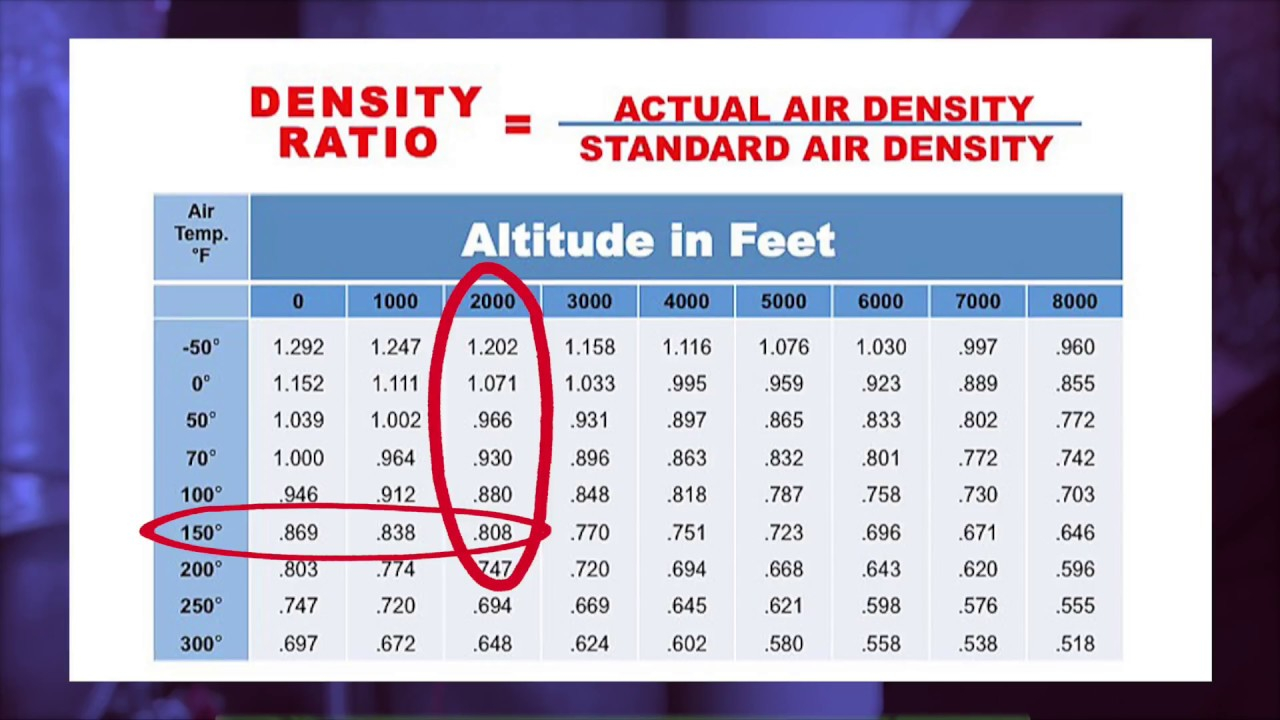

Most common table top and bar top epoxies provide approximately 12 sq feet per mixed gallon coverage at 1/8″ thickness. For most epoxy applications, 5-10% extra should be added to account for the inevitable wasted epoxy that stays on the stir stick, or stays in the bottom corners of the mixing cup, or accidental drips. And, you’ll probably lose a little to mixing or overflow. How are you handling the edges of the surface? You will need more if you are allowing epoxy to run over the edges, compared to building a dam or wall. Porous surfaces that require a seal coat will increase the amount of resin needed. Psychrometric Chart Basic definition and applications of the Psychrometric Chart in HVAC.It’s best to consider any epoxy coverage calculator a good starting point, but there are other factors and variables that might impact how much epoxy you will need.
#ROOM VOLUME CALCULATOR HOW TO#
Heat Pump COP Get a simple understanding of HP Coefficient of Performance.ītu and Btu/hr Definition See how to calculate Btu, Btu/hr and SI Metrics equivalent. HVAC Softwares There are many softwares in the market that greatly help designers to reduce the product design cycle time.Ĭooling Load Find the explanation on the basic of cooling load here.

SEER Calculation Learn what is Seasonal Energy Efficiency Ratio(SEER) to help you purchase a better heat pump unit.
#ROOM VOLUME CALCULATOR WINDOWS#
The type of material of the room and windows are also important consideration. If electrical appliances that generate heat is used, additional capacity has to be factored in. If the lighting of the room emits a lot of heat, additional capacity is needed. If the room is facing east or west, additional capacity is needed as it will be exposed to the morning and evening sun compared to a room that faces north or south. Other factors that your contractor will consider to determine the sizing of the cooling capacity include the direction of your room. Multiply this two figures together.Īdd C1 and C2 together and you will get a very simplified cooling capacity needed for the room.Įstimated Cooling Capacity needed = C1 + C2 (BTU/hr)Īir Conditioning Calculations - Other Factors Each person produces about 500 BTU/hr of heat for normal office-related activity. Volume = Width X Length X Height (cubic feet) Step 2Įstimate the number of people (N) that will usually occupy this room. This is done by measuring the length, width and height of the room in feet and multiply all the three dimensions together. Use this result to compare with the calculation done by the air conditioning contractors for your own checking purposes.įind the volume of your room in cubic feet. However, there is a simple rule of thumb that you can use to estimate the required cooling capacity for your room. The higher the listed BTU/hr, the greater the cooling capacity.Īir Conditioning Calculations - Rule Of ThumbĬalculating the cooling capacity needed for your room is a complicated process as there are many factors to consider. With better technology, some machines are able to remove 10,000 BTU/hr of heat with the same capacity. When choosing an air conditioner, usually a 1 HP (horse power) equipment is able to remove 9,000 BTU/hr of heat. 1 BTU/hr is the heat energy needed to increase 1 pound of water by 1☏. The unit used to measure heat load is BTU/hr. Study shows that this combination of temperature and RH is the most conducive for the human body. The typical design is set to 24☌ temperature and 55% Relative Humidity. The cycling on and off of the compressor will lead to shorter life span of the compressor besides having to spend more on the unit price and installation cost.Īn undersized unit will not be able to cool the room properly and more so if the weather is hot.Ĭooling capacity for a room is defined as the heat load in a room that have to be removed in order to achieve a certain room temperature and humidity. On top of that, the electricity bill will be high as the compressor turns on and off too often.Įvery time the on/off type of compressor starts to run, its power consumption is 6 times higher than when it is running steadily. It will also cause discomfort to the occupants as the dehumidfication of the room is not properly done.


 0 kommentar(er)
0 kommentar(er)
